This article will explain What Is VLEO That Bezos Is Investing In? In the realm of space exploration and technology, VLEO, or Very Low Earth Orbit, has become a buzzword. Jeff Bezos, the founder of Amazon and Blue Origin, is investing heavily in this particular orbital range. But what exactly is VLEO, and why is it garnering so much attention from tech moguls like Bezos?
Key Takeaways
- VLEO stands for Very Low Earth Orbit.
- Jeff Bezos’s company Blue Origin is investing heavily in VLEO.
- VLEO offers advantages like lower rocket power requirements and faster data transmission.
- It has applications in satellite internet, Earth observation, and more.
- Bezos aims to make space travel more affordable through VLEO.
What Is VLEO That Bezos Is Investing In?
VLEO, or Very Low Earth Orbit, is an orbital range closer to Earth compared to traditional Low Earth Orbits (LEO). Jeff Bezos, through his aerospace company Blue Origin, is investing in VLEO to make space travel more affordable and to explore its commercial applications, such as satellite internet services and Earth observation.

What Is VLEO?
VLEO stands for Very Low Earth Orbit. It is an orbital range that is closer to Earth compared to traditional Low Earth Orbits (LEO). The altitude for VLEO ranges from around 160 to 200 kilometers above the Earth’s surface.
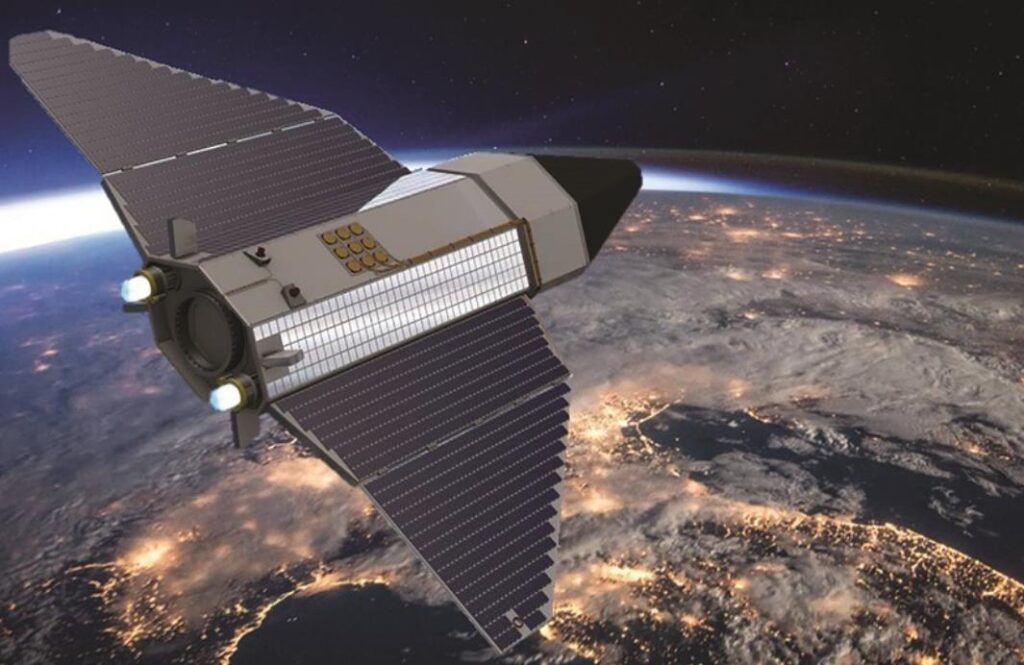
Advantages of VLEO
- Lower Rocket Power: It takes less rocket power to place a satellite in VLEO compared to LEO.
- Faster Data Transmission: The closer proximity to Earth allows for quicker data transmission rates.
Disadvantages of VLEO
- Shorter Satellite Lifespan: Satellites in VLEO are subject to higher atmospheric drag, reducing their operational lifespan.
Why Is Bezos Investing in VLEO?
Jeff Bezos, the founder of Amazon and aerospace company Blue Origin, is investing in Very Low Earth Orbit (VLEO) for several strategic reasons. One of the primary motivations is to make space travel more affordable and accessible.
By focusing on VLEO, Bezos aims to reduce the cost of launching satellites and other payloads into space. This is because VLEO requires less rocket power compared to traditional Low Earth Orbits (LEO), making it a more cost-effective option.
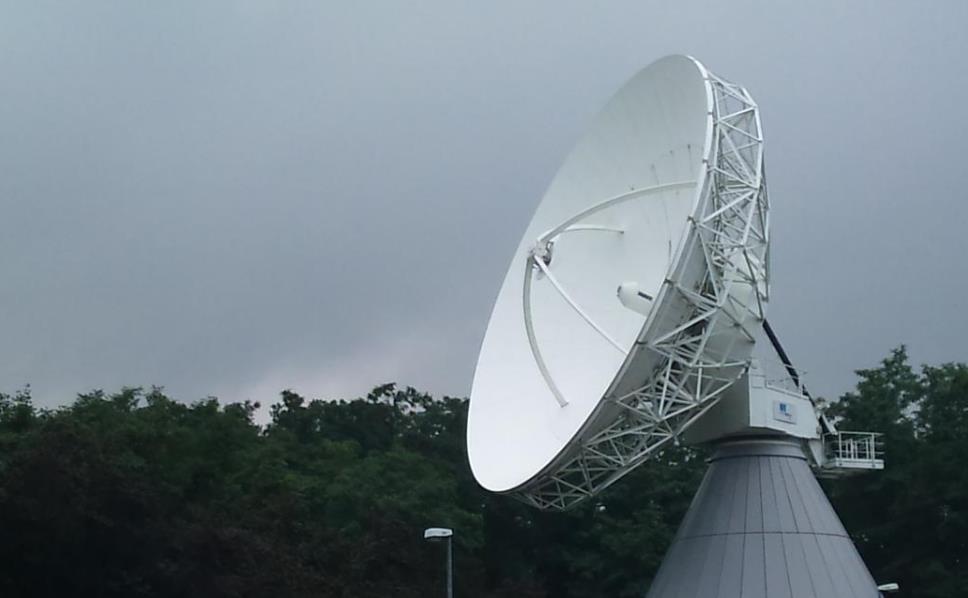
Another reason for Bezos’s investment in VLEO is its potential for commercial applications. VLEO is particularly promising for satellite internet services, a market that Amazon is keen to enter with its Project Kuiper.
The lower altitude of VLEO allows for faster data transmission rates, making it ideal for high-speed internet services. Additionally, VLEO is advantageous for Earth observation purposes, providing more detailed and frequent data due to its closer proximity to Earth.
Bezos’s investment in VLEO aligns with Blue Origin’s broader mission to enable a future where millions of people can live and work in space. By investing in this emerging field, Bezos is not only advancing his company’s objectives but also contributing to the development of new technologies and applications that could benefit humanity at large.
Blue Origin’s Objectives
- Human Access to Space: One of the primary goals is to enable human access to space at a lower cost.
- Commercial Applications: VLEO has potential applications in fields like satellite internet and Earth observation.
Applications of VLEO
Very Low Earth Orbit (VLEO) is not just an area of interest for billionaires like Jeff Bezos; it has a range of practical applications that could have widespread benefits for society. Here are some of the key applications:
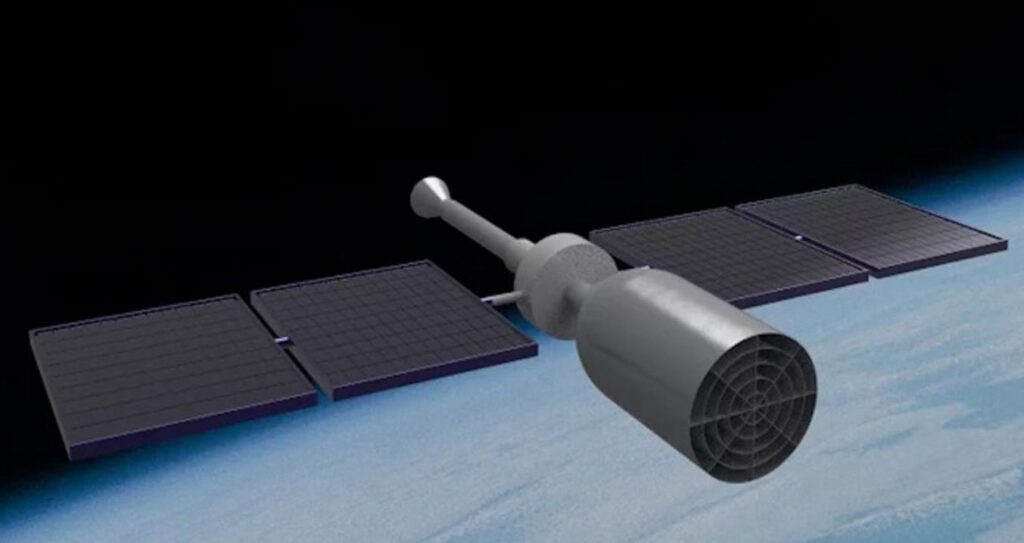
Satellite Internet Services
One of the most promising applications of VLEO is in the realm of satellite internet services. Due to the lower altitude, satellites in VLEO can offer faster data transmission rates, making them ideal for providing high-speed internet services.
Companies like Amazon’s Project Kuiper and SpaceX’s Starlink are planning to use VLEO to offer global internet coverage, especially in remote and underserved areas.
Earth Observation and Remote Sensing
VLEO is particularly advantageous for Earth observation and remote sensing applications. Satellites in this orbit can provide more detailed and frequent data due to their closer proximity to Earth.
This can be useful in various sectors like agriculture, forestry, and environmental monitoring. For instance, high-resolution imagery can help in assessing crop health, monitoring deforestation, and tracking natural disasters.
Scientific Research
The unique environment of VLEO offers opportunities for scientific research, including studies on Earth’s atmosphere, climate, and even space weather. Research satellites in VLEO can collect valuable data that can help scientists better understand various Earth and space phenomena.
Telecommunications
VLEO can also play a role in telecommunications, particularly for applications that require low-latency communication. The closer proximity to Earth allows for quicker data transmission, which can be crucial for real-time communication services.
National Security and Defense
VLEO can be used for national security and defense applications, including surveillance and reconnaissance. The lower altitude allows for more detailed imagery, which can be critical in intelligence-gathering and monitoring activities.
Risks and Challenges
Investing in VLEO is not without its risks and challenges, which include technical difficulties and regulatory hurdles.
Technical Difficulties
- Satellite Design: Satellites must be designed to withstand higher levels of atmospheric drag.
Regulatory Hurdles
- Space Debris: There are concerns about the potential increase in space debris due to the higher number of satellites in VLEO.
Future Prospects
The future of VLEO looks promising, especially with heavy investments from tech giants like Jeff Bezos.
Upcoming Projects
- Project Kuiper: Amazon’s Project Kuiper aims to launch over 3,000 satellites into VLEO to provide global internet coverage.
Innovative Technologies in VLEO
Very Low Earth Orbit (VLEO) presents unique challenges that require innovative technologies for successful satellite operation. Here are some of the groundbreaking technologies being developed for VLEO:
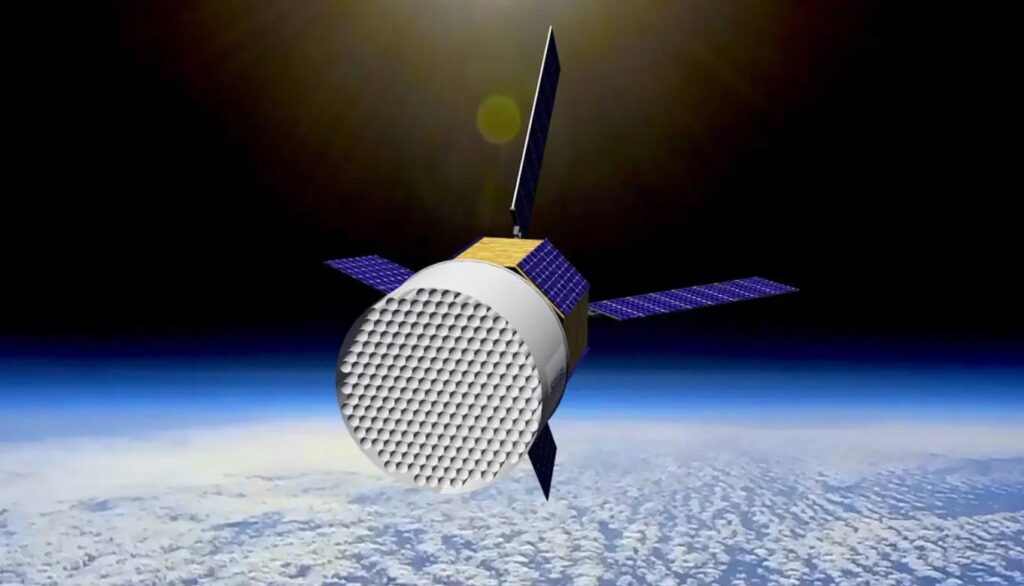
Electric Propulsion Systems
One of the key technologies for VLEO is electric propulsion systems. Traditional chemical propulsion is less effective in VLEO due to the high atmospheric drag. Electric propulsion systems, on the other hand, allow for more precise control and longer operational lifetimes for satellites in VLEO.
Air-Breathing Electric Propulsion
Germany’s University of Stuttgart Institute of Space Systems is working on Air-Breathing Electric Propulsion. This innovative technology aims to use atmospheric particles as a propellant, essentially “breathing” in the thin air in VLEO to maintain the satellite’s orbit.
Atomic Oxygen-Resistant Materials
In VLEO, satellites are exposed to high levels of atomic oxygen, which can be corrosive to many materials. Research is being conducted to develop materials that are resistant to atomic oxygen, thereby increasing the lifespan of satellites in VLEO.
Drag-Reducing Technologies
Due to the lower altitude, satellites in VLEO experience higher atmospheric drag. Technologies are being developed to reduce this drag, including specialized coatings and shapes that minimize resistance.
Advanced Communication Systems
The lower altitude of VLEO allows for faster data transmission rates. Advanced communication systems are being developed to take advantage of this, offering the potential for real-time, high-bandwidth communication.
Given the crowded nature of VLEO, autonomous navigation systems are crucial for collision avoidance. These systems use advanced algorithms and real-time data to make quick decisions without human intervention.
These innovative technologies are paving the way for the successful utilization of VLEO for various applications, from high-speed internet to Earth observation. As research and development continue, we can expect even more groundbreaking advancements in this field.
Cost-Effectiveness of VLEO
VLEO offers a cost-effective solution for satellite deployment, especially for Earth observation and communication missions.
Cost Per Satellite
At $200,000 to $300,000 per satellite, a 100-satellite constellation for daily global imagery would cost between $20 million to $30 million, making it an incredibly low-cost venture.
The Mindset Shift
Traditional satellite operators are beginning to see the benefits of VLEO, and the mindset is gradually shifting towards embracing this new frontier.
Niche Markets
New VLEO constellations may fill niche markets, such as providing affordable, daily one-meter-resolution imagery for specific applications like agriculture.
Regulatory Landscape
While VLEO offers numerous benefits, it also comes with its own set of regulatory challenges.
Space Debris Management
One of the major concerns is the management of space debris, especially given the higher number of satellites that VLEO can accommodate.
Global Initiatives
Various global initiatives are supporting the development and deployment of VLEO satellites.
EU’s Discoverer Program
The European Union has devoted 5.7 million euros to Discoverer, a research program aimed at redesigning Earth observation satellites for low-altitude operations.
VLEO in the Private Sector
Several private companies are also entering the VLEO space, each with its unique objectives and technologies.
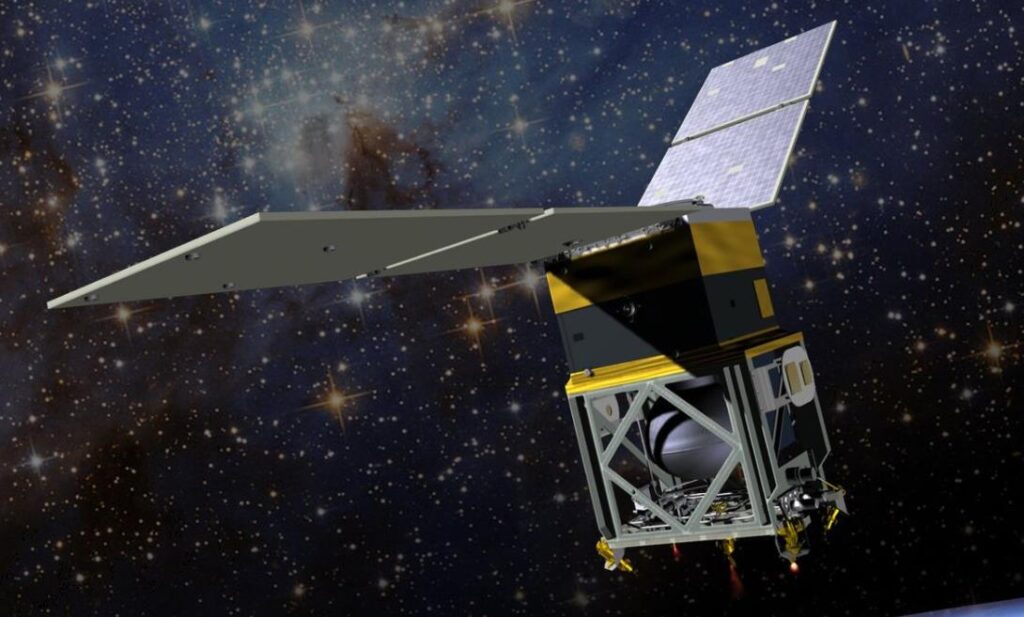
Companies like Skeyeon and Albedo
San Diego-based Skeyeon and Austin-based Albedo are raising money to send satellites to VLEO for high-resolution Earth imagery.
Conclusion
In summary, VLEO, or Very Low Earth Orbit is an exciting frontier in space technology that Jeff Bezos is keenly investing in. With its numerous advantages and applications, VLEO could very well be the next big thing in space exploration and commercial space ventures.
Top FAQ’s
What Technologies Enable Satellite Operation in VLEO?
Technologies that enable or assist satellites in operating in Very Low Earth Orbit (VLEO) include electric propulsion systems, new materials resistant to atomic oxygen, and special components that reduce drag. Electric propulsion is particularly important as it allows satellites to fight the drag caused by the Earth’s atmosphere for the duration of their mission.
What Are the Challenges Faced by Satellites in VLEO?
Satellites in VLEO face challenges such as enhanced rate of altitude loss due to atmospheric drag and the effects of atomic oxygen, which is very reactive with many standard spaceflight materials. These challenges necessitate the use of specific technologies and materials that can withstand these conditions.
How Do Satellites in VLEO Compensate for Atmospheric Drag?
Satellites in VLEO usually have one or more of the following characteristics to compensate for atmospheric drag:
They are in elliptical orbits with a much higher apoapsis.
They are expendable and their missions are short-lived.
They have electric propulsion systems to fight the drag.
These characteristics help in stabilizing the satellite’s orbit despite the challenges posed by the VLEO environment.
What Is the Importance of Material Selection for Satellites in VLEO?
The selection of materials for satellites in VLEO is crucial due to the high concentration of atomic oxygen in this orbit. Research is being conducted to identify materials that are resistant to surface adsorption and erosion by atomic oxygen. Some candidates include self-passivating polymers, thin-oxide coatings, nanocomposites, and other 2D materials.
A multifaceted professional, Muhammad Daim seamlessly blends his expertise as an accountant at a local agency with his prowess in digital marketing. With a keen eye for financial details and a modern approach to online strategies, Daim offers invaluable financial advice rooted in years of experience. His unique combination of skills positions him at the intersection of traditional finance and the evolving digital landscape, making him a sought-after expert in both domains. Whether it’s navigating the intricacies of financial statements or crafting impactful digital marketing campaigns, Daim’s holistic approach ensures that his clients receive comprehensive solutions tailored to their needs.







